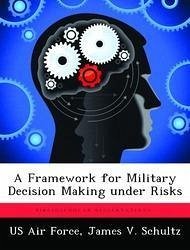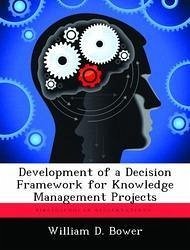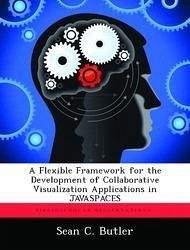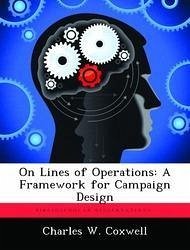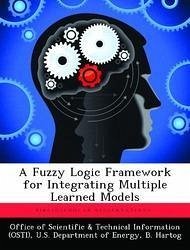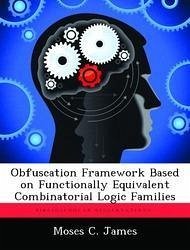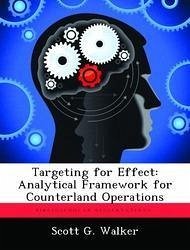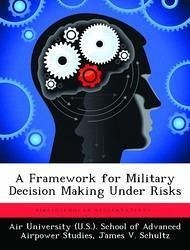
A Framework for Military Decision Making Under Risks
Versandkostenfrei!
Versandfertig in über 4 Wochen
52,99 €
inkl. MwSt.

PAYBACK Punkte
26 °P sammeln!
This is a study of the applicability of prospect theory to military decision making. Prospect theory posits that the decision maker's reference point determines the domain in which he makes a decision. If the domain is one of losses, the decision maker will tend to be risk seeking, if gains, then he will be risk averse. The author proposes that if prospect theory's propositions are correct, then it may be possible for the decision maker, by assessing his own domain, to make better informed decisions. One implication of this study is that if he can do the same for a subordinate or for an enemy,...
This is a study of the applicability of prospect theory to military decision making. Prospect theory posits that the decision maker's reference point determines the domain in which he makes a decision. If the domain is one of losses, the decision maker will tend to be risk seeking, if gains, then he will be risk averse. The author proposes that if prospect theory's propositions are correct, then it may be possible for the decision maker, by assessing his own domain, to make better informed decisions. One implication of this study is that if he can do the same for a subordinate or for an enemy, he may be better able to predict their responses in a given situation. The project's goal is to develop a framework for assessing risk propensity. It does this by first describing the military decision making process and concluding that it is a rational decision making process. Next, the paper describes prospect theory and matches the key aspects of the theory with the military decision making process. Next, it proposes a framework for assessing risk propensity. The theory is tested in a case study of General Dwight D. Eisenhower's 1944 decision to launch Operation Market Garden. This decision is analyzed in terms of Graham Allison's three models for decision making and prospect theory to determine which model or theory seems to provide the best explanations for Eisenhower's decision. The last chapter applies the risk propensity framework to the case study to test if it can predict risk propensity and its impact an decision making. The author concludes that prospect theory's propositions are valid and that this theory provides a prescriptive way to consider decision making under risk. Although prospect theory does not predict the choice a decision maker will select, it should reveal his bias toward a risky or over cautious solution. This tendency may limit the types of alternatives developed or considered. The framework developed for determining risk propensity provides insi





